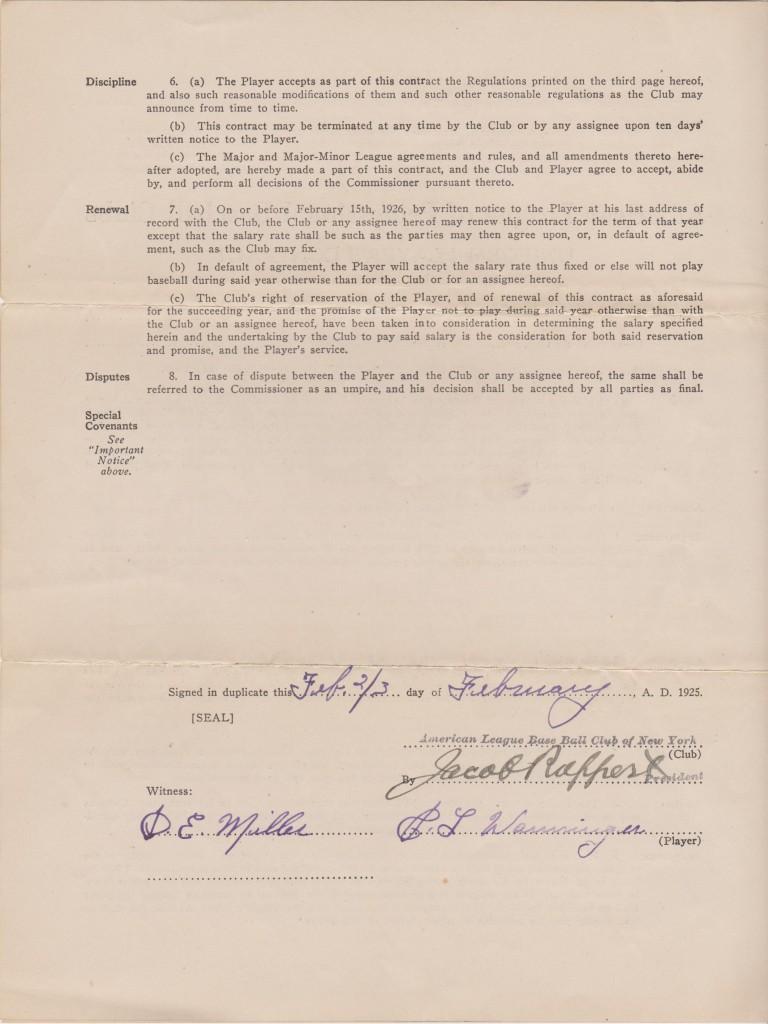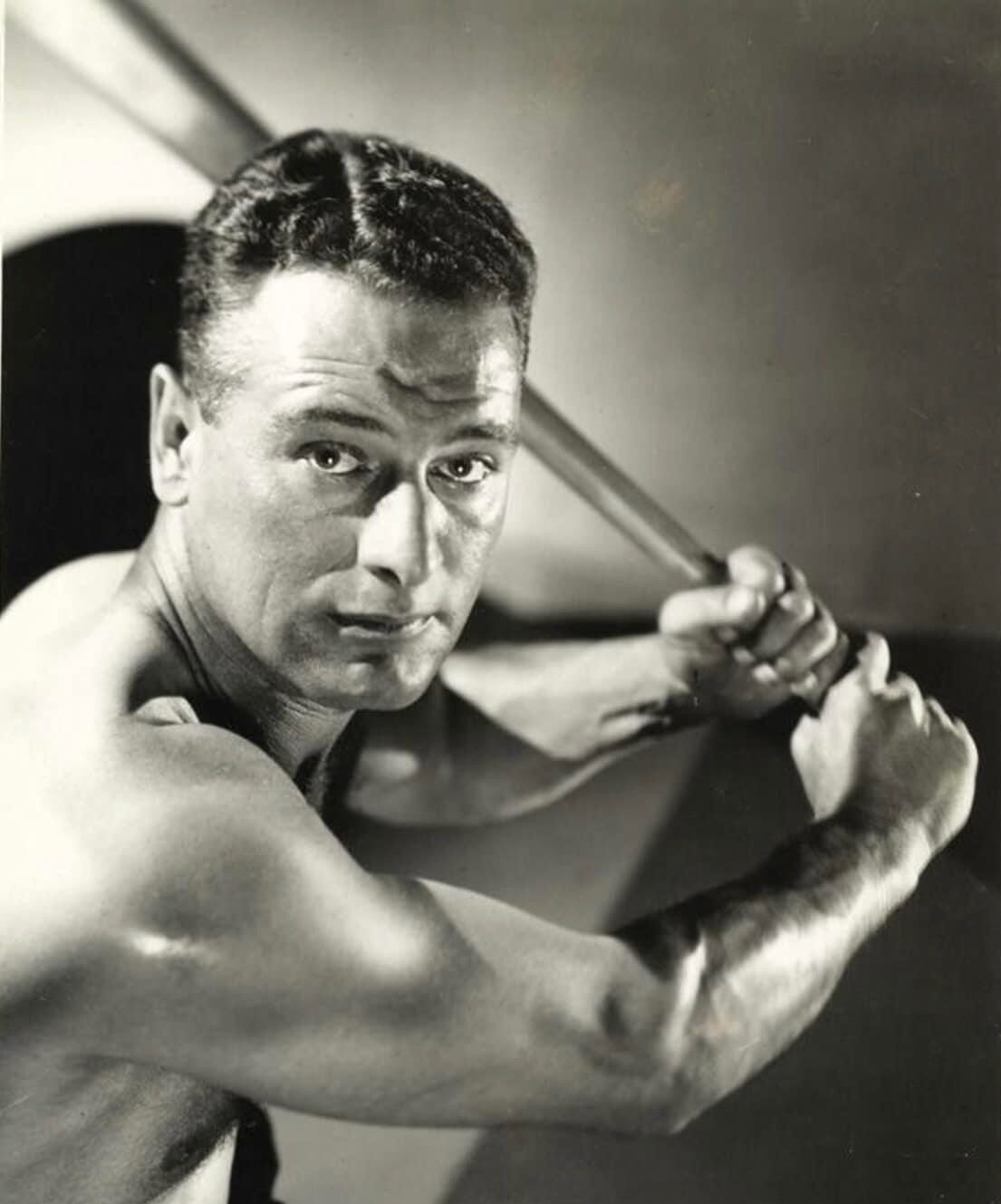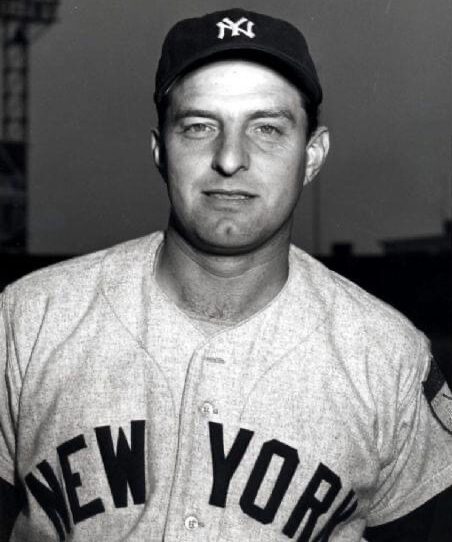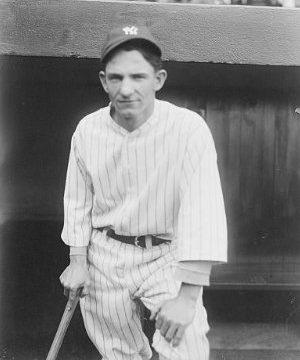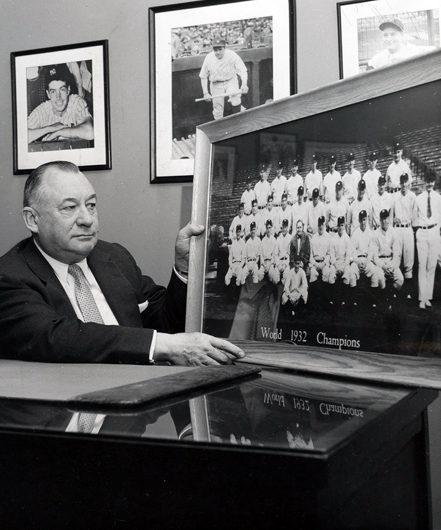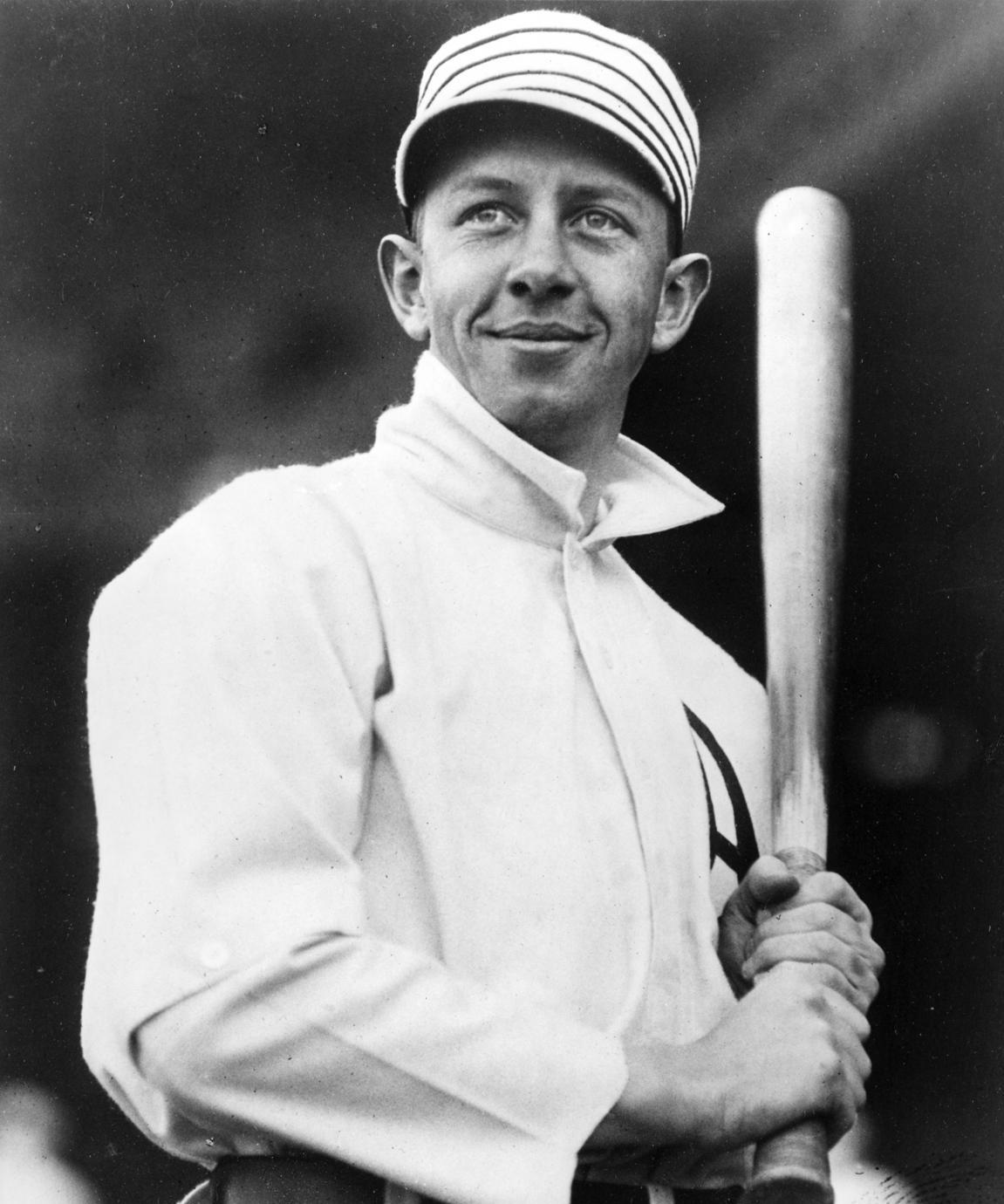Babe Dahlgren

| Birthdate | 06/15/1912 |
| Death Date | 09/04/1996 |
| Debut Year | 1935 |
| Year of Induction | |
| Teams | Browns, Cubs, Dodgers, Phillies, Pirates, Red Sox, Yankees |
| Position | First Base |
Remembered as the man who replaced Lou Gehrig on 5/2/1939 to end the streak, Babe Dahlgren was an All Star with over 1,000 career hits.
Leave a commentIn the collection:
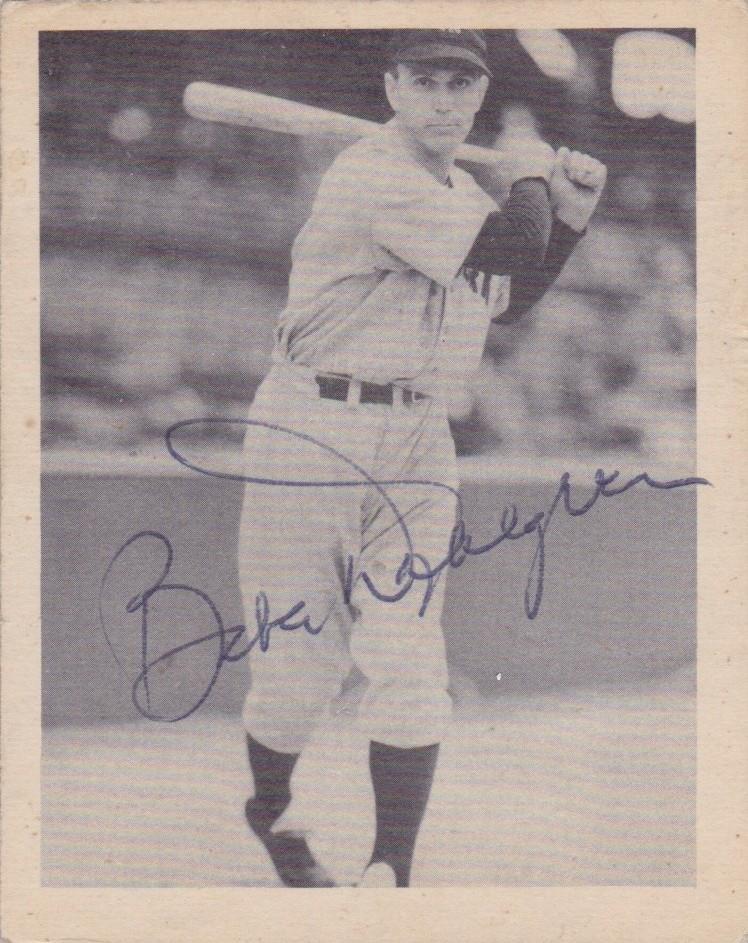
On May 2, 1939, Dahlgren replaced Lou Gehrig to the the Iron Horse's consecutive games played streak
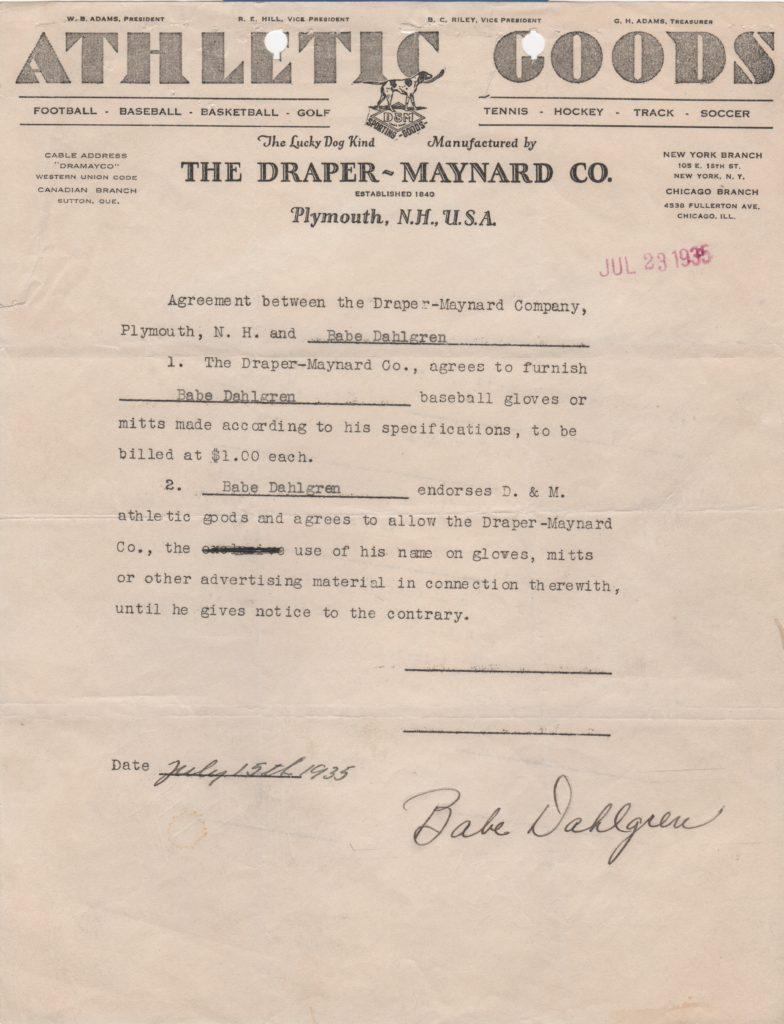
After four seasons in the minors, Babe Dahlgren made his MLB debut in 1935
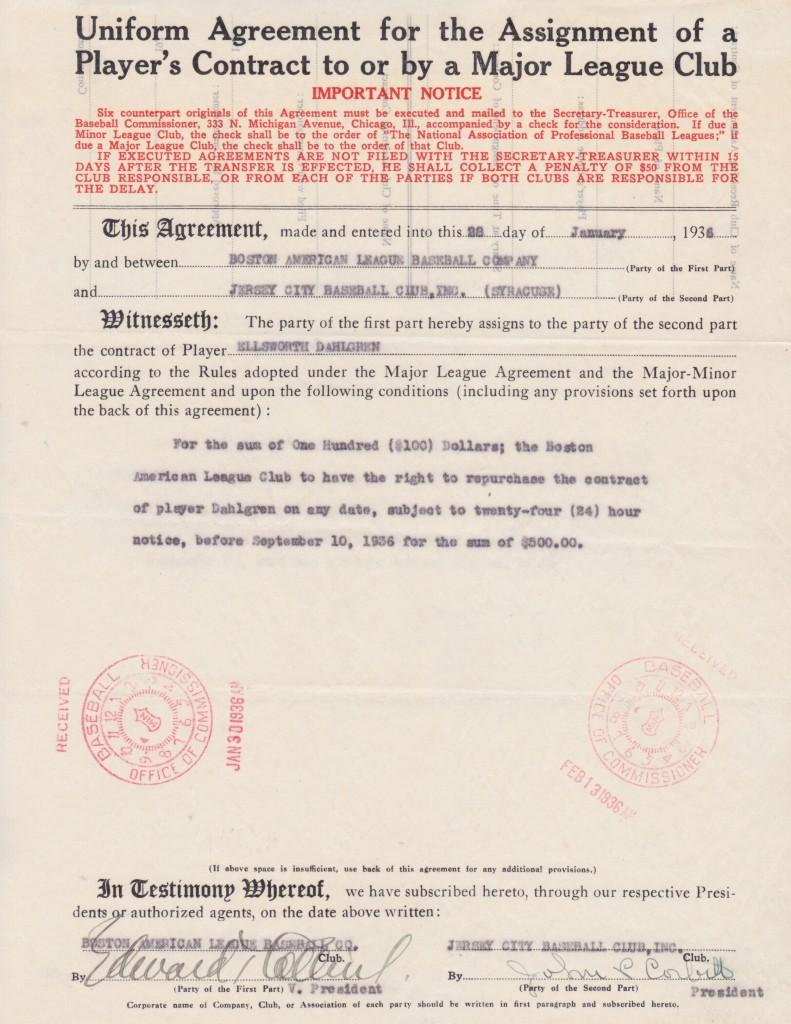
Dahlgren played a full season in the minors in '36 before a September call up
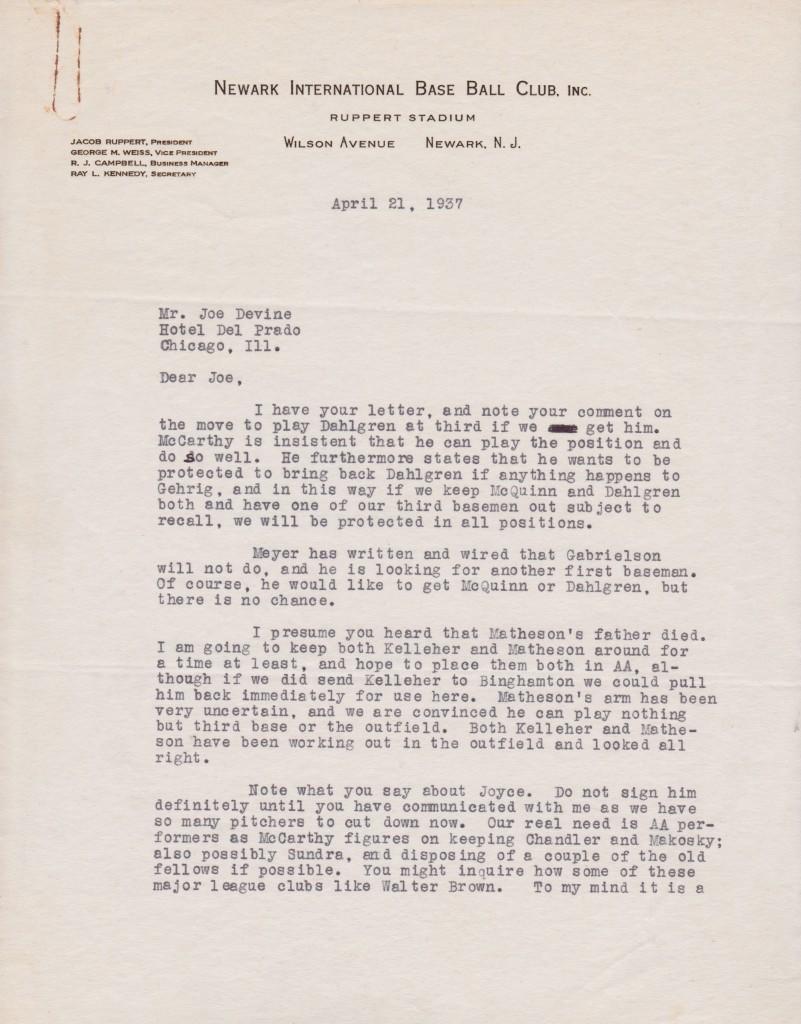
The Yankees saw Dahlgren as an insurance policy for Lou Gehrig at first base
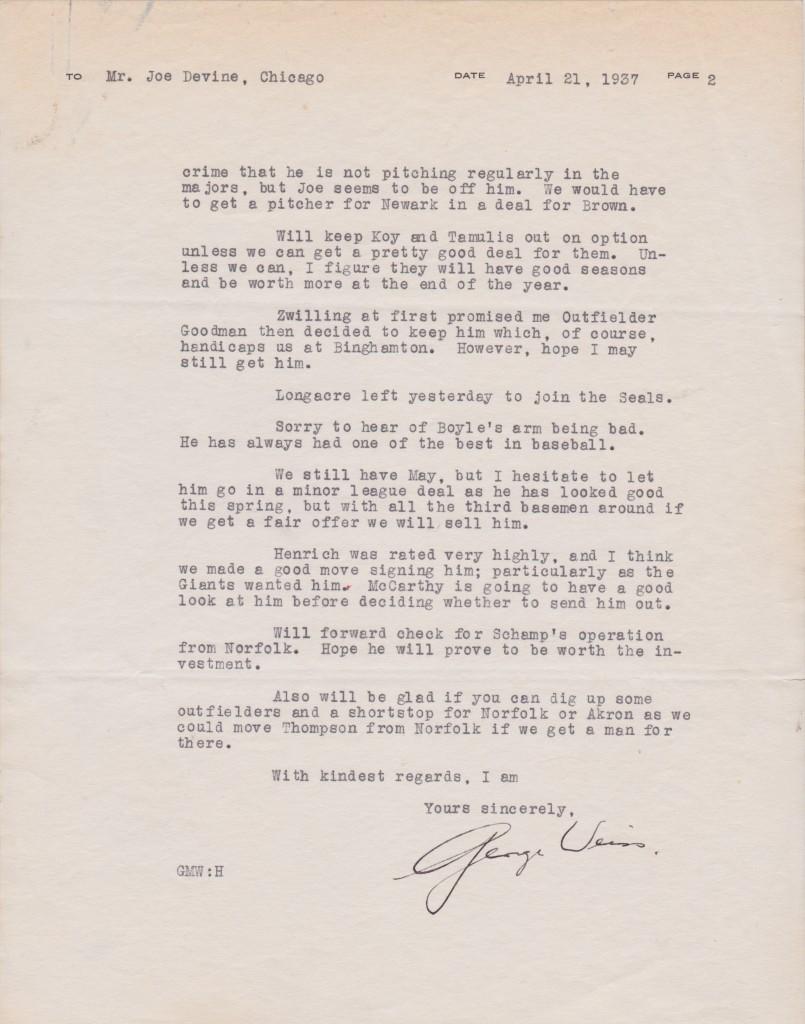
George Weiss was an architect of the Yankee dynasty

Lou Gehrig was the leading vote-getter in All Century Team voting in 1999
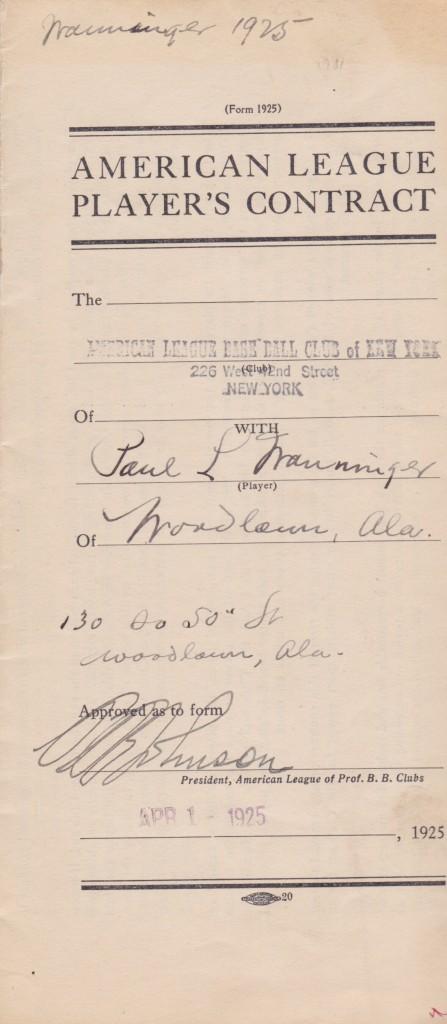
Pee Wee Wanninger helped stop and start two of the longest consecutive games played streak in history
